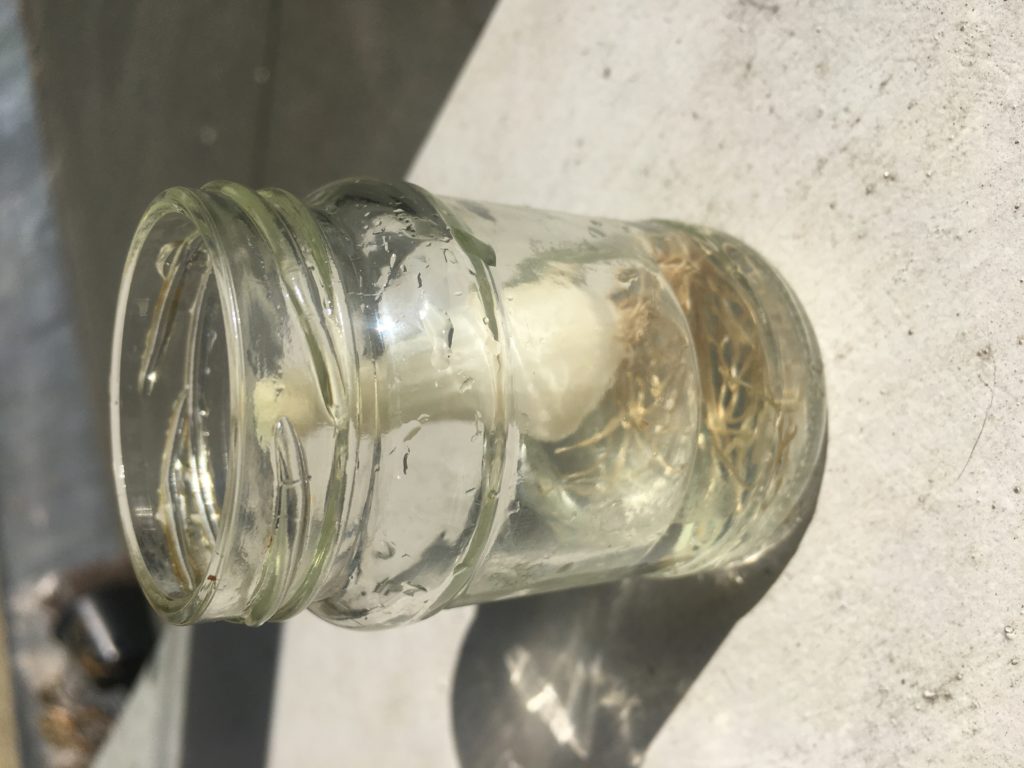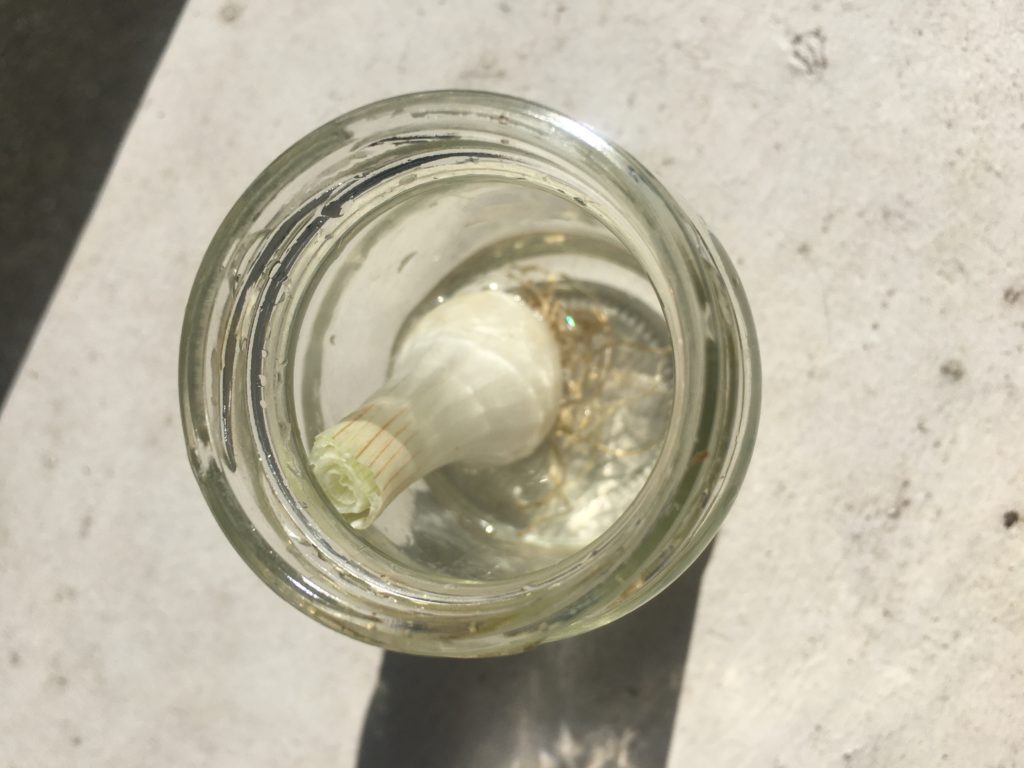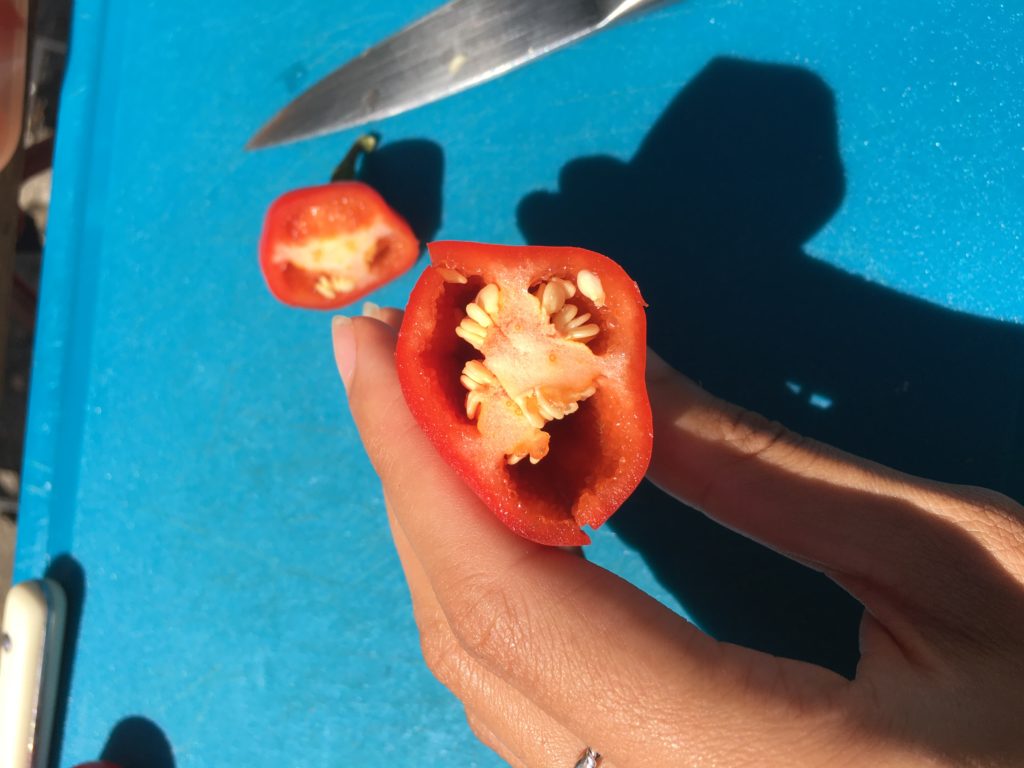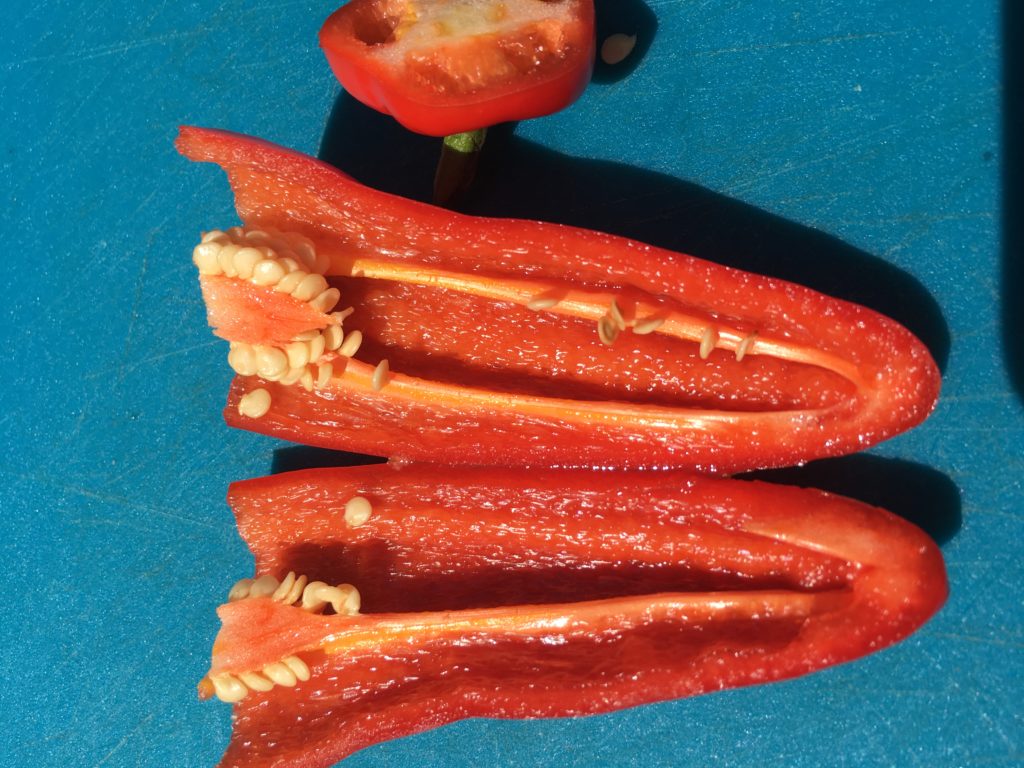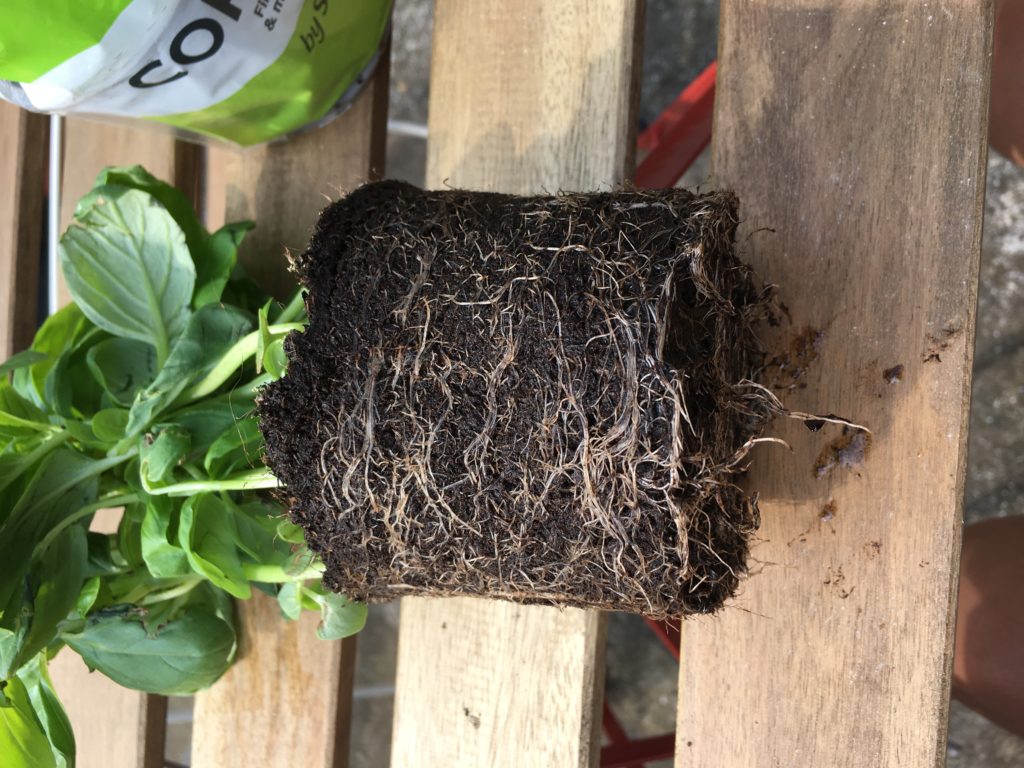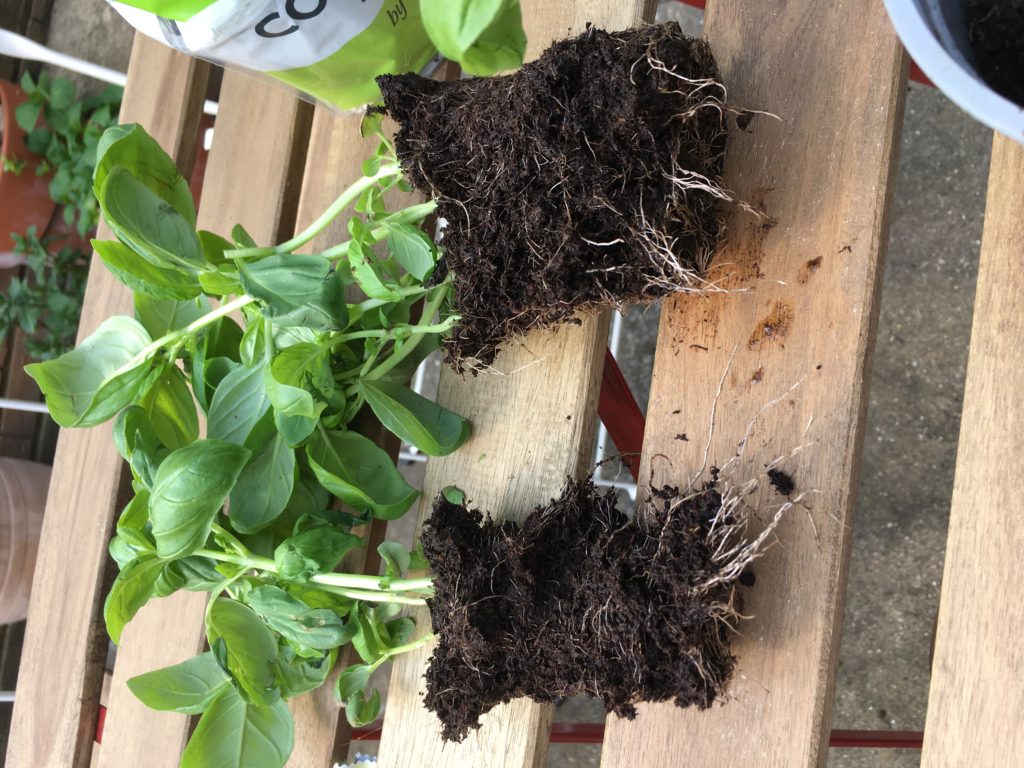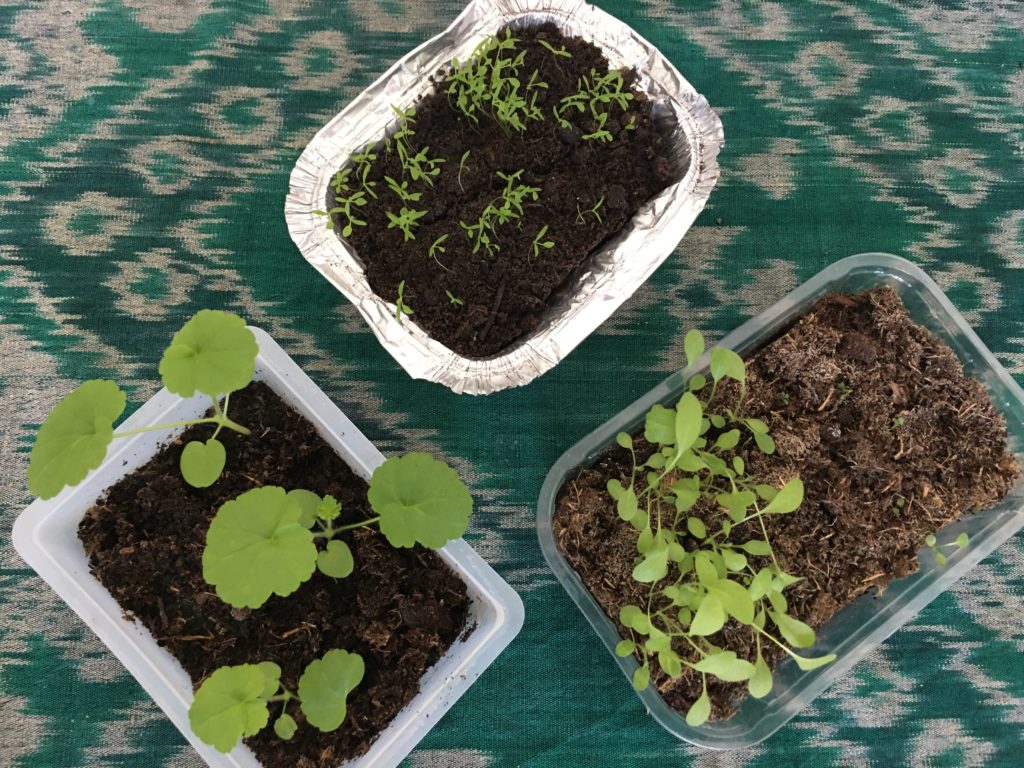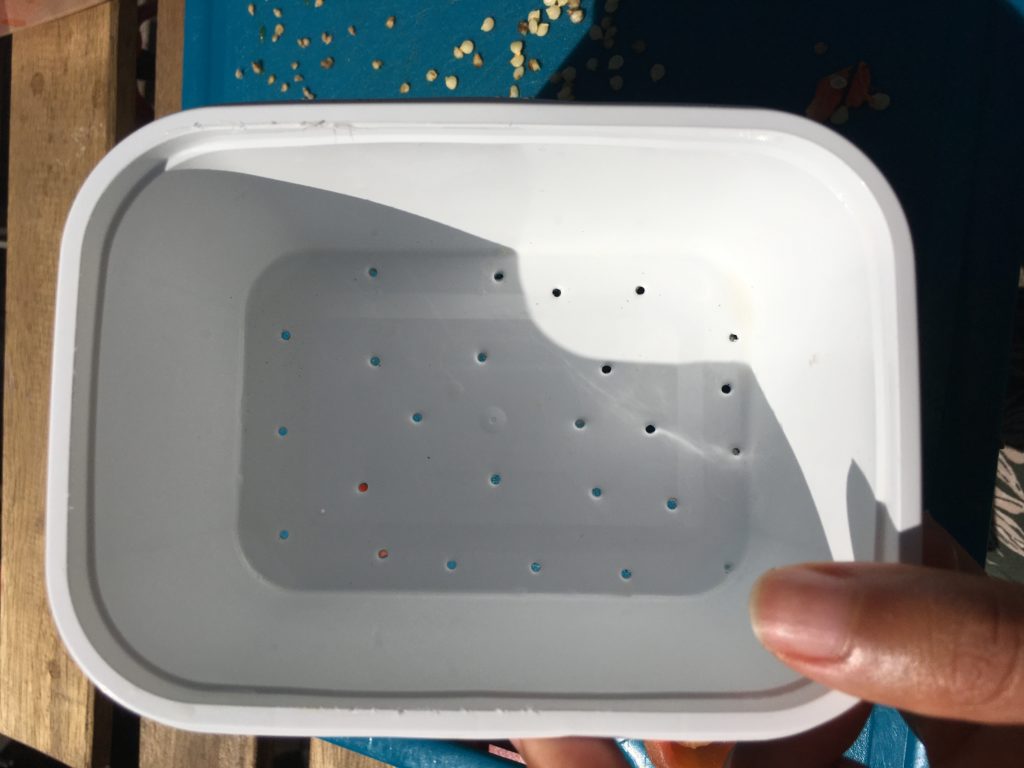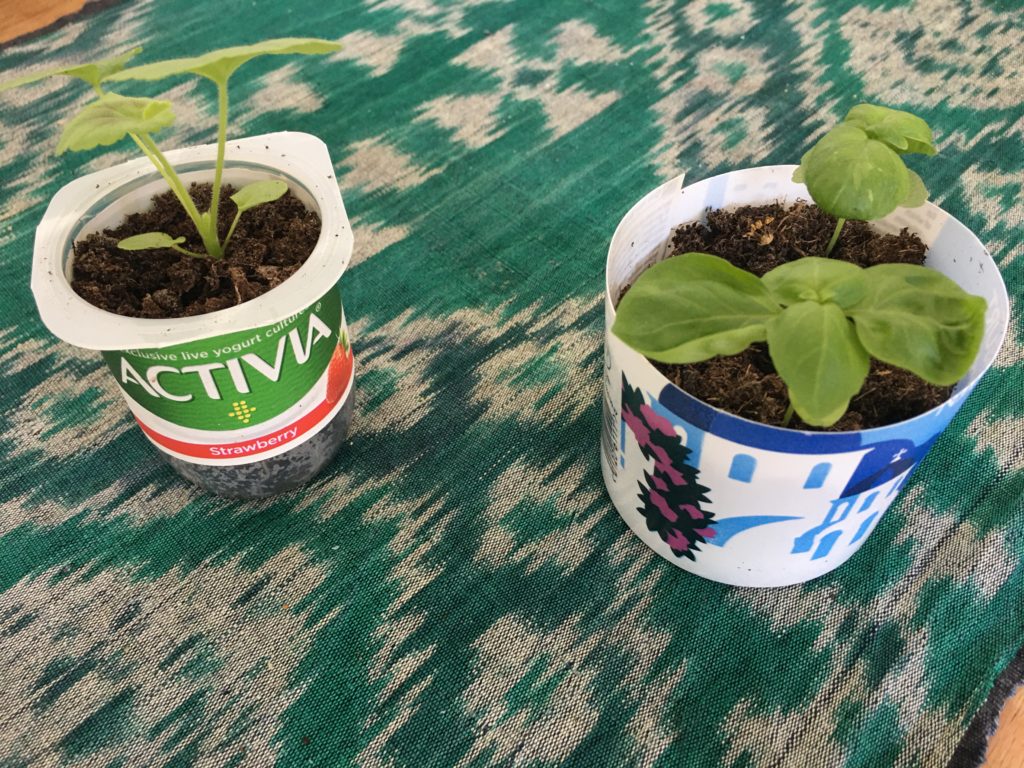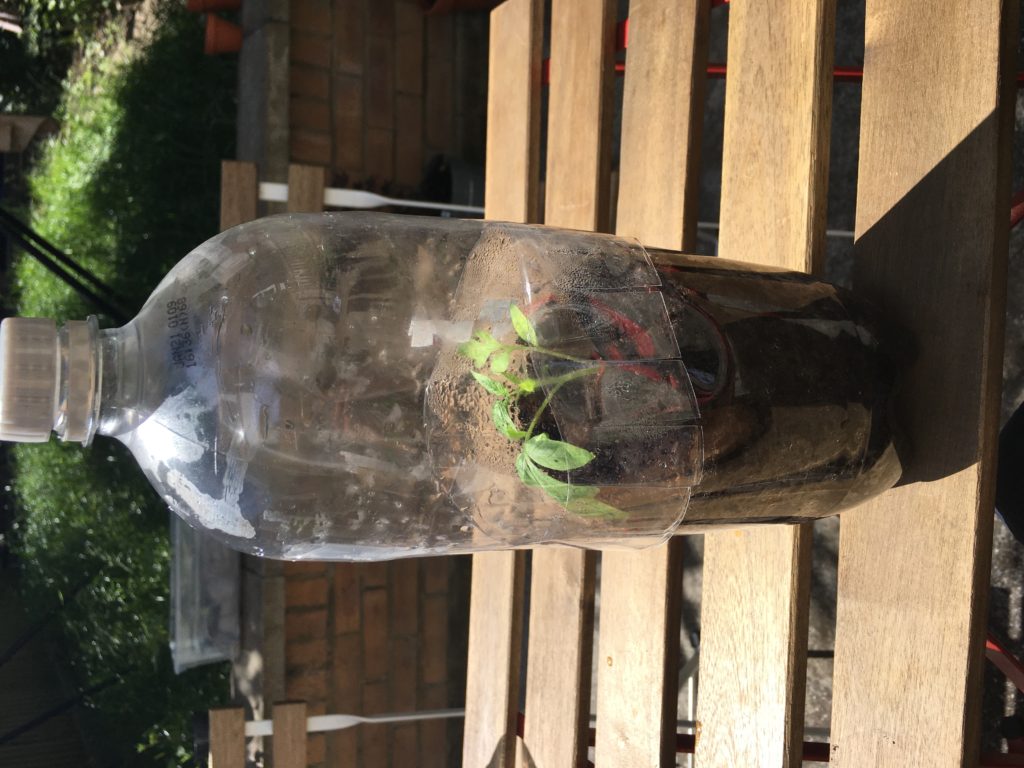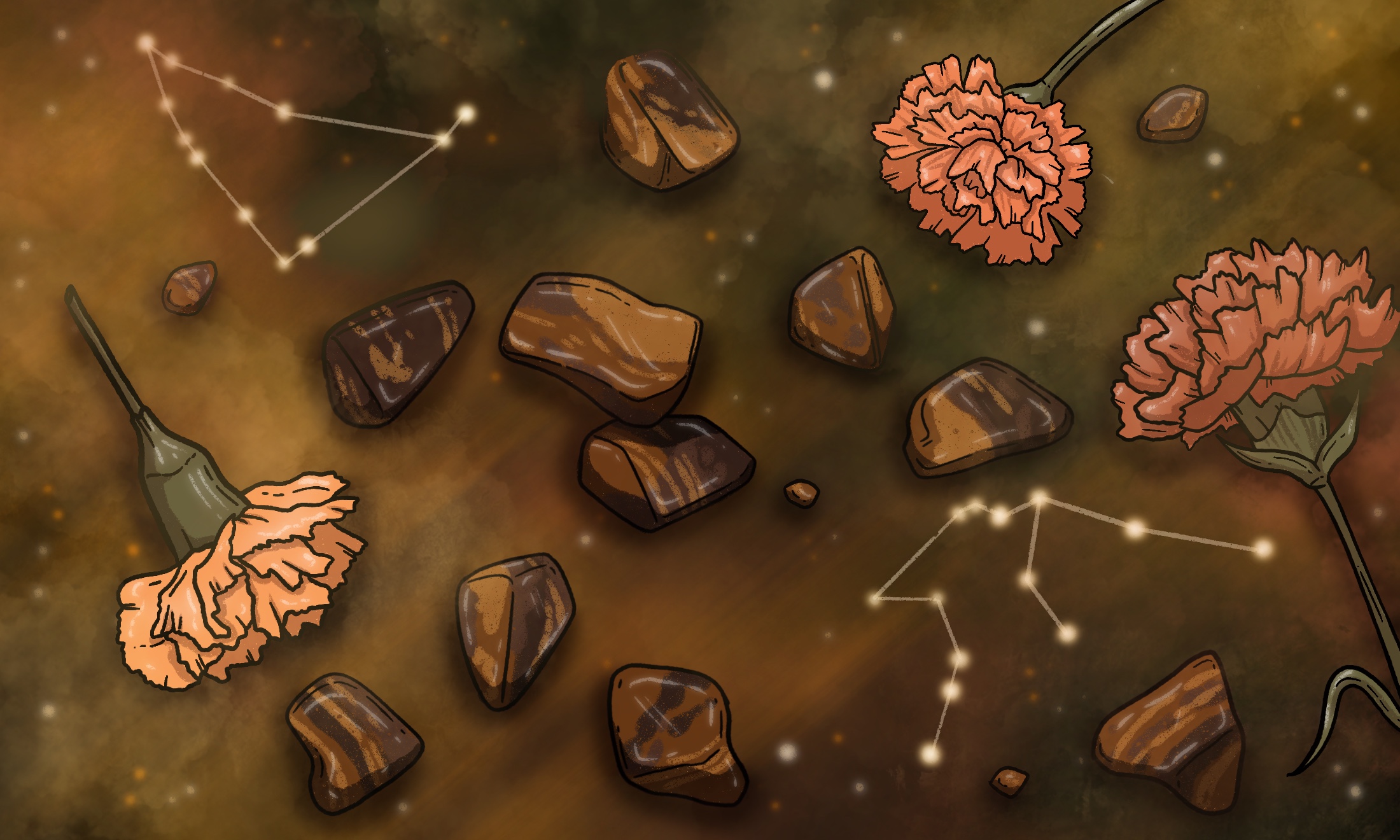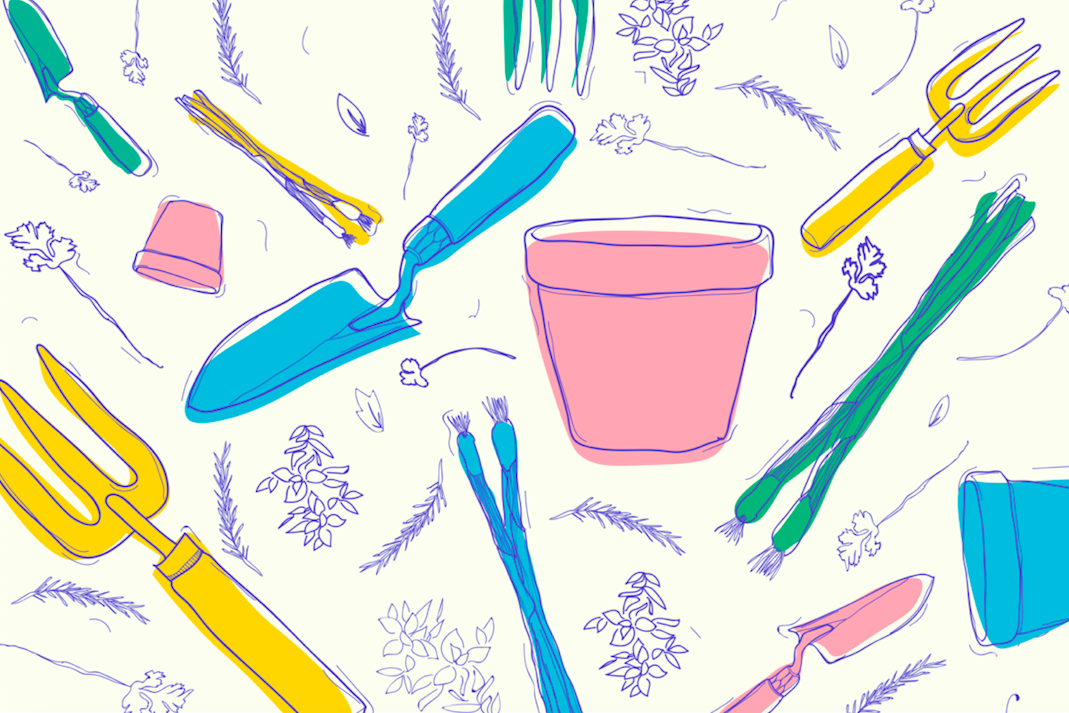
Illustration by Michelle Wong
How to sustainably grow your own food without a garden
Gardening can do a world of wonder for your mental health, but with one in eight households in Britain having no access to shared or private outside space, why not bring gardening indoors and grow your own food?
Aimée Grant Cumberbatch
30 May 2020
For many in the UK having limited access to outdoor spaces at their homes is the norm, and Covid-19 has only made things worse. One in eight households in Britain has no access to shared or private outdoor space, rising to one in five in London – the UK’s most ethnically diverse region. Moreover, black British people are four times less likely to have outdoor space at their home than white British people.
Gardening can improve our wellbeing, bring us joy, and give us precious scroll-free time. People of colour shouldn’t be shut out of the chance to share in these benefits, especially during a crisis that is affecting us worse than white people. Our mental health needs every boost it can get.
But, despite what Chelsea Flower Show might make you think, gardening doesn’t have to be costly or even done in a garden. You can achieve a lot more on a windowsill, shelf, or sunny spot indoors than you’d think. With supermarket shortages, there has unsurprisingly been increased interest in growing your own, and seeds have been selling out everywhere. But you can get growing and regrowing using things you’ve saved from your weekly shop. Here’s how.
Regrowing spring onions
This is such a simple way to keep your shop-bought produce providing. Grab a bunch of spring onions and slice off the bottom two inches or so of each stem. Pop these in a small pot of water roots down – a shot glass or egg cup is ideal, but any pot where the spring onions can sit upright with their tops out of the water will work. After just a few days you’ll see new growth that you can snip off and eat. If you want to keep your spring onions growing for longer you can pot them up in some compost once the new growth is a few inches high. But if you don’t have any, you can still regrow them on your shelf as long as you regularly refresh the water. You may need to replace the spring onions every now and then, too.
Saving seeds from fruit and veg
A small disclaimer: I’d approach sowing and growing seeds that you’ve rescued from your fruit and veg as an experiment in nurturing life rather than something that’s guaranteed to result in a bumper harvest. Do your research and note that if you do manage to grow a plant which bears fruit, it may not exactly resemble what you purchased from the supermarket. Proceed with caution and if in doubt, don’t eat it.
So seeds have sold out, but that doesn’t mean you can’t try your hand at growing tomatoes, chillies, peppers and even strawberries. All you need to do is save the seeds from the veg you buy and sow them. Scoop them out of the tomato, pepper, or strawberry you want to try growing and wash the residue off (you may need a toothpick for small seeds). Some people leave their seeds to dry out for a day or two after removing them but this isn’t essential. If you want to grow the seeds into larger plants, you’re best off sowing them in compost. (Be sure to check the planting depth for each type of seed and water well after sowing). But if you just want to see if you can get them to germinate, you can do so by popping your saved seeds in some damp kitchen towel in a small pot. It can take up to three weeks, so be patient and keep the soil moist and you should see some results.
Rescuing supermarket herbs
There are two ways you can approach growing supermarket herbs, you can either buy one that’s already in a pot or you can take cuttings from the herbs in packets. If you want to grow basil I’d recommend buying one already in a pot for best results.
If you buy a pot:
Supermarket herbs in pots are intended to be eaten quickly after purchasing, so seedlings are crammed in to give a bushy appearance. This works in the short term, but means the plants won’t last, as they lack the space and nutrients they need.
One way to help them last longer is to simply take them out of the pot they’re in, pluck out weedy growth (which you can then use as you normally would fresh herbs — in salads ), and put them in a larger pot with more compost. Or, if you’re feeling brave, you can split the plant up. Take it out of its pot, divide it by breaking the root ball into as many parts as you have pots, remove weaker seedlings, and top up with compost.
Taking cuttings:
If your local shop only stocks packets of herbs, you can still have a go at growing them. Mint from shop-bought packets will easily grow roots in a week or so, if you snip a centimetre or so off the ends and pop them in a glass of water. Once roots appear, you can pot them up.
If you fancy trying out regrowing sage or rosemary, you can chop the top couple of inches off the stems (and remove a few leaves to help stop the plant drying out) and pop them in a pot with some compost.
Seed trays
It’s not just seeds that you can get for free, I’ve also been rescuing things from my recycling bin to use as containers for my seeds and seedlings.
I’ve grown tens of seeds this year, but haven’t bought a single tray. Instead, I’ve been using plastic fruit punnets and takeaway containers (just make sure they’ve got holes poked in the bottom). I’ve found the tin takeaway containers are by far the best – they’re really easy to poke holes in (you can do it with a pencil or skewer and blue tack) and they drain well, plus they reflect light in which helps the seeds grow. If you’re struggling for anything tray-shaped you can stand a few loo roll insides up on an old plate, fill them with compost and sow a seed in each one.
Pots
Once your seedlings are big enough to handle, you can pot them. I’ve used small yoghurt pots and cut big ones down to the size I need for this purpose, plus you can even cut out a tab where you can write the name of your plant. Plastic bottles cut in half horizontally are ideal for bigger seedlings or small plants needing more space and the top half doesn’t have to get wasted either.
A makeshift greenhouse
A greenhouse in a garden may feel like a distant dream but you can recreate the effect with waste plastic at home. Scottish gardening show Beechgrove recently featured a tutorial on creating a mini greenhouse by cutting a plastic bottle in half, planting seedlings or cuttings in the bottom and making a few small vertical cuts around the base of the top half. You can then place the top half back on – creating a greenhouse effect. And if the plants inside need a bit of air, you can simply remove the cap.

